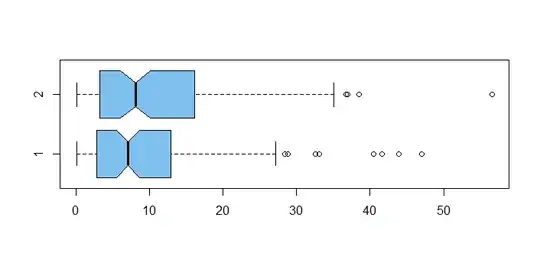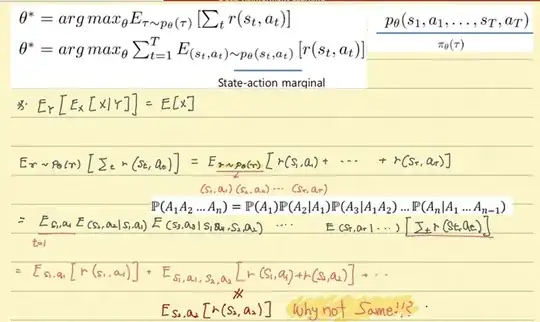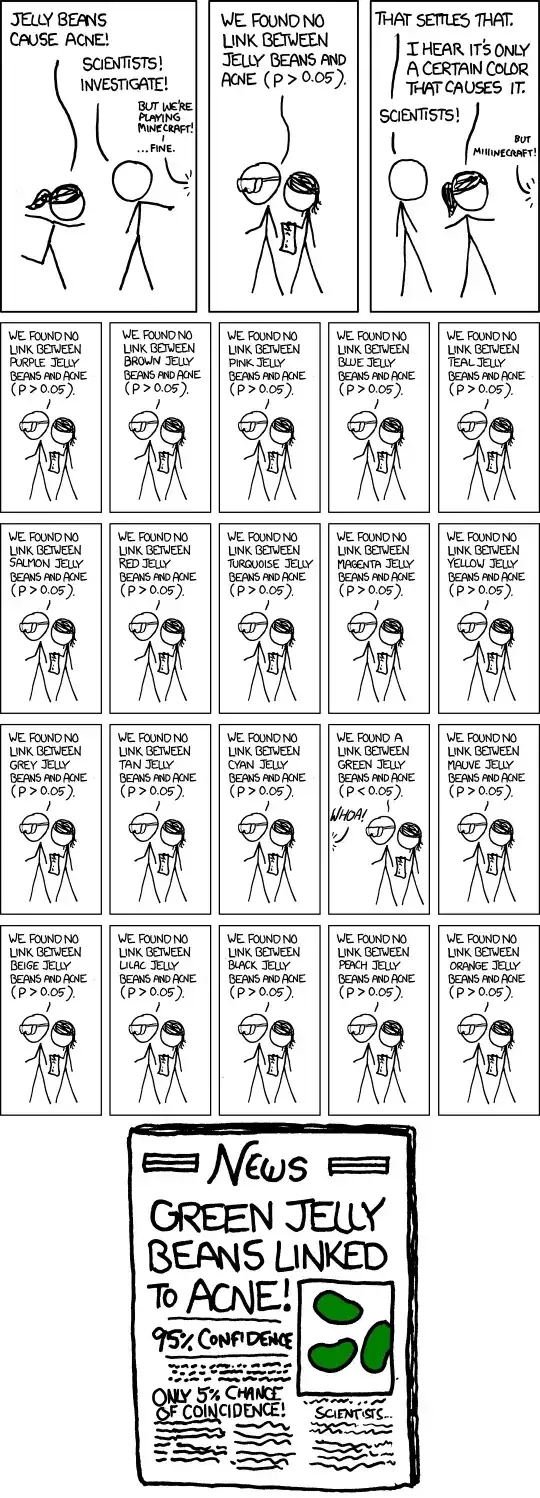Example: Based on a real experiment, names of people and the organization (along with inconsequential details) are omitted to protect the guilty.
In a study comparing two methods (1 and 2) of manufacture, $n=100$ items were tested until failure. (Larger observed values are better.) Summary statistics
for results x1 and x2 of the samples were as below:
summary(x1); length(x1); sd(x1)
Min. 1st Qu. Median Mean 3rd Qu. Max.
0.1099 2.8264 7.0881 10.0057 12.8520 46.9993
[1] 100
[1] 10.35345
summary(x2); length(x2); sd(x2)
Min. 1st Qu. Median Mean 3rd Qu. Max.
0.1196 3.2247 8.0975 11.1469 15.9245 56.6384
[1] 100
[1] 10.54756
boxplot(x1, x2, col="skyblue2", horizontal=T, notch=T)

Everyone's favorite was Method 2 (even though more costly), and it had the larger mean.
But the overlapping notches in the boxes suggest no significant difference.
Also, a pooled 2-sample t.test, which "must be OK" because of the large sample
sizes, finds no significant difference. [This was before
Welch t tests became popular.] Experimenters were hoping for
evidence that Method 2 was significantly better.
t.test(x1,x2, var.eq=T)
Two Sample t-test
data: x1 and x2
t = -0.77212, df = 198, p-value = 0.441
alternative hypothesis:
true difference in means is not equal to 0
95 percent confidence interval:
-4.055797 1.773441
sample estimates:
mean of x mean of y
10.00571 11.14689
The consensus was that the "outliers were messing up the t test"
and should be removed. [No one seemed to notice that the new outliers had appeared with the removal of the original ones.]
min(boxplot.stats(x1)$out)
[1] 28.41372
y1 = x1[x1 < 28.4]
min(boxplot.stats(x2)$out)
[1] 36.73661
y2 = x2[x2 < 36.7]
boxplot(y1,y2, col="skyblue2", horizontal=T, notch=T)

Now with the "cleaned-up data" y1 and y2, we have a
t test
significant (just) below 5% level. Great joy, the favorite
won out.
t.test(y1, y2, var.eq=T)
Two Sample t-test
data: y1 and y2
t = -1.9863, df = 186, p-value = 0.04847
alternative hypothesis:
true difference in means is not equal to 0
95 percent confidence interval:
-4.37097702 -0.01493265
sample estimates:
mean of x mean of y
7.660631 9.853586
To 'confirm they got it right', a one-sided ("because we already know which method is best") two-sample Wilcoxon
test finds a significant difference (at very nearly the 5% level, but "nonparametric test are not as powerful"):
wilcox.test(y1, y2, alt="less")$p.val
[1] 0.05310917
Some years later when an economic crunch forced switching
to cheaper Method 1, it became obvious that there was
no practical difference between methods. In keeping with
that revelation, I sampled the data for the current example
in R as below:
set.seed(2021)
x1 = rexp(100, .1)
x2 = rexp(100, .1)
Note: You can Google and find an exact F-test to compare
exponential samples, and it finds no difference, but nobody
thought to use it at the time.


